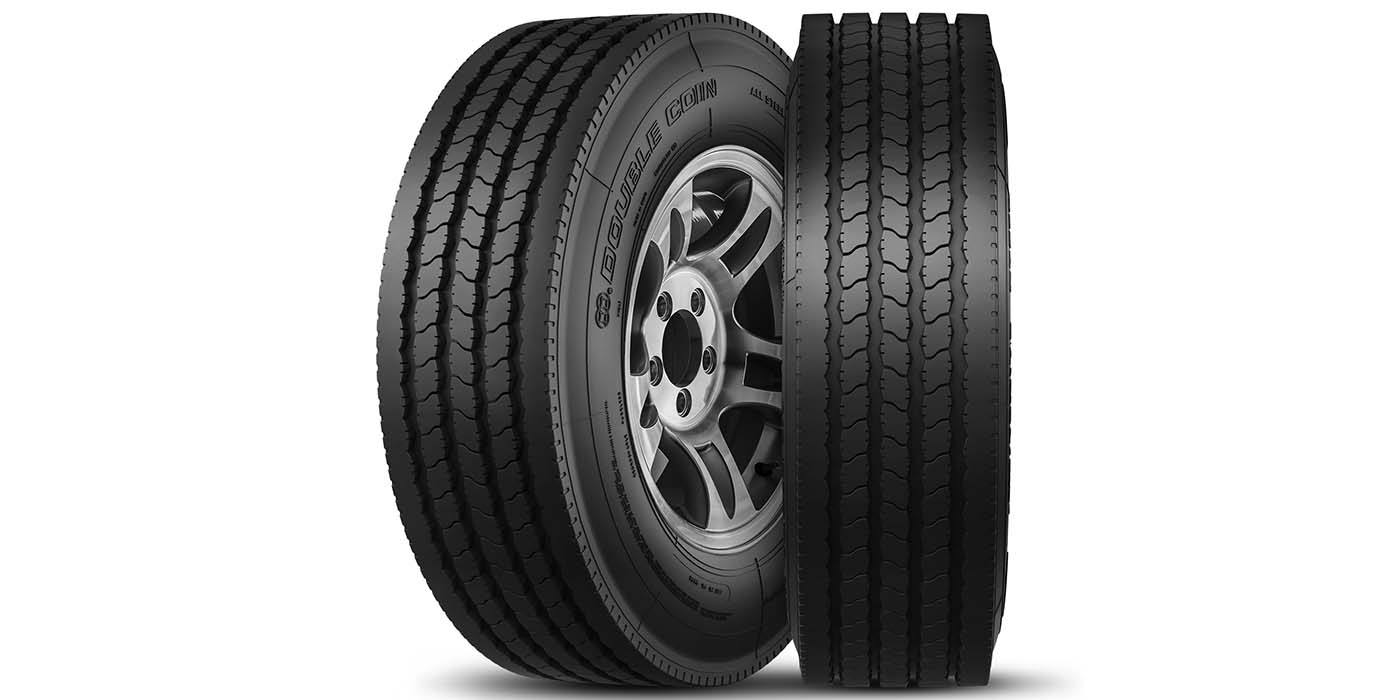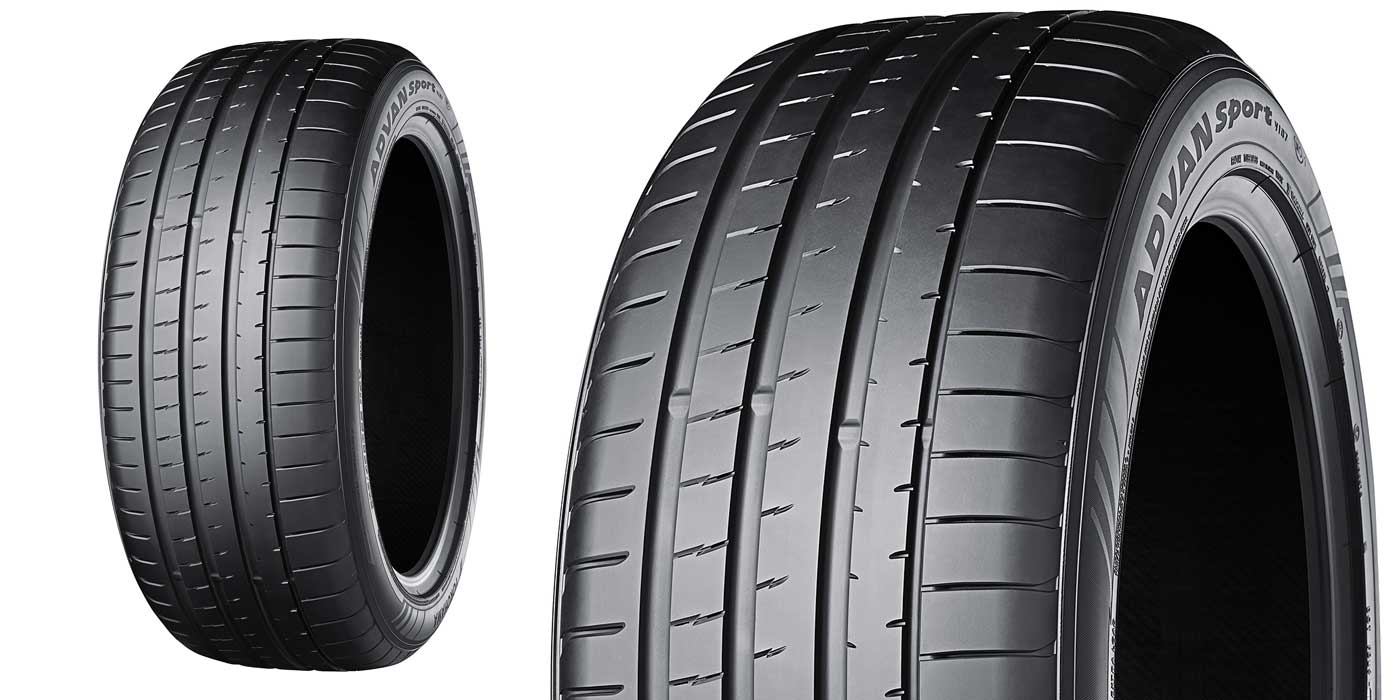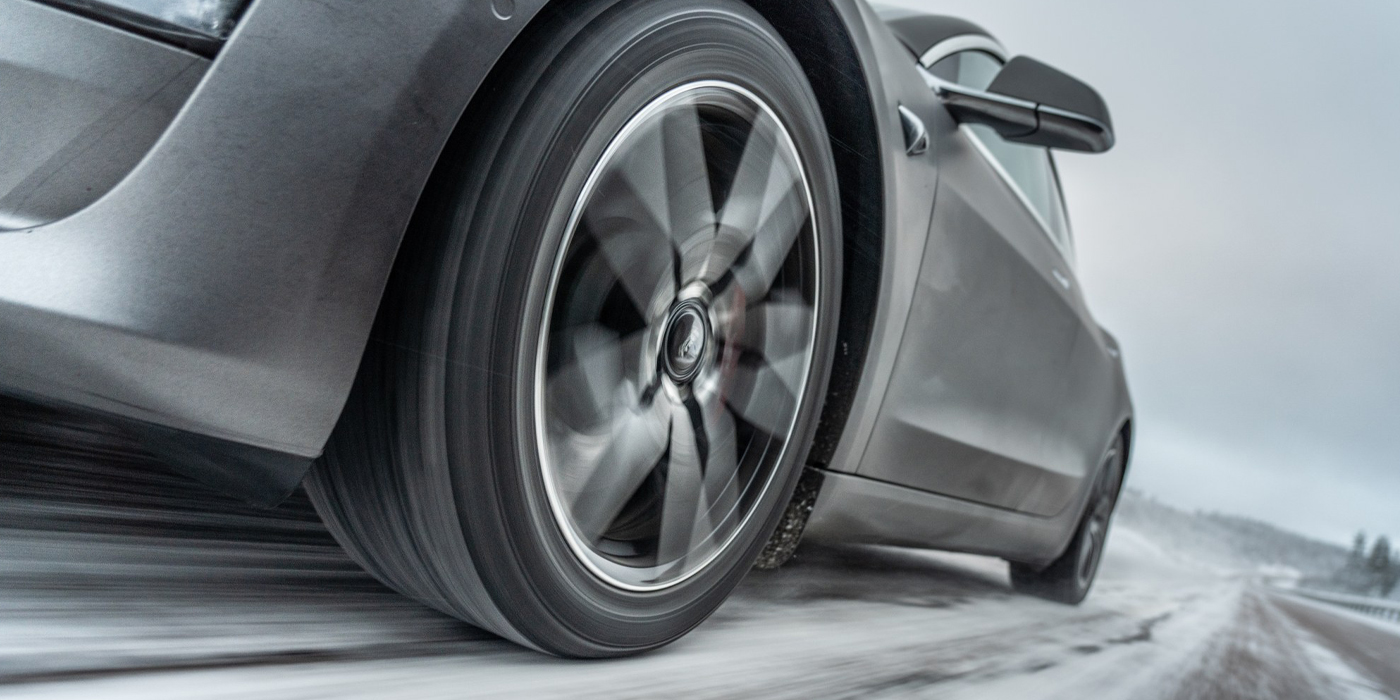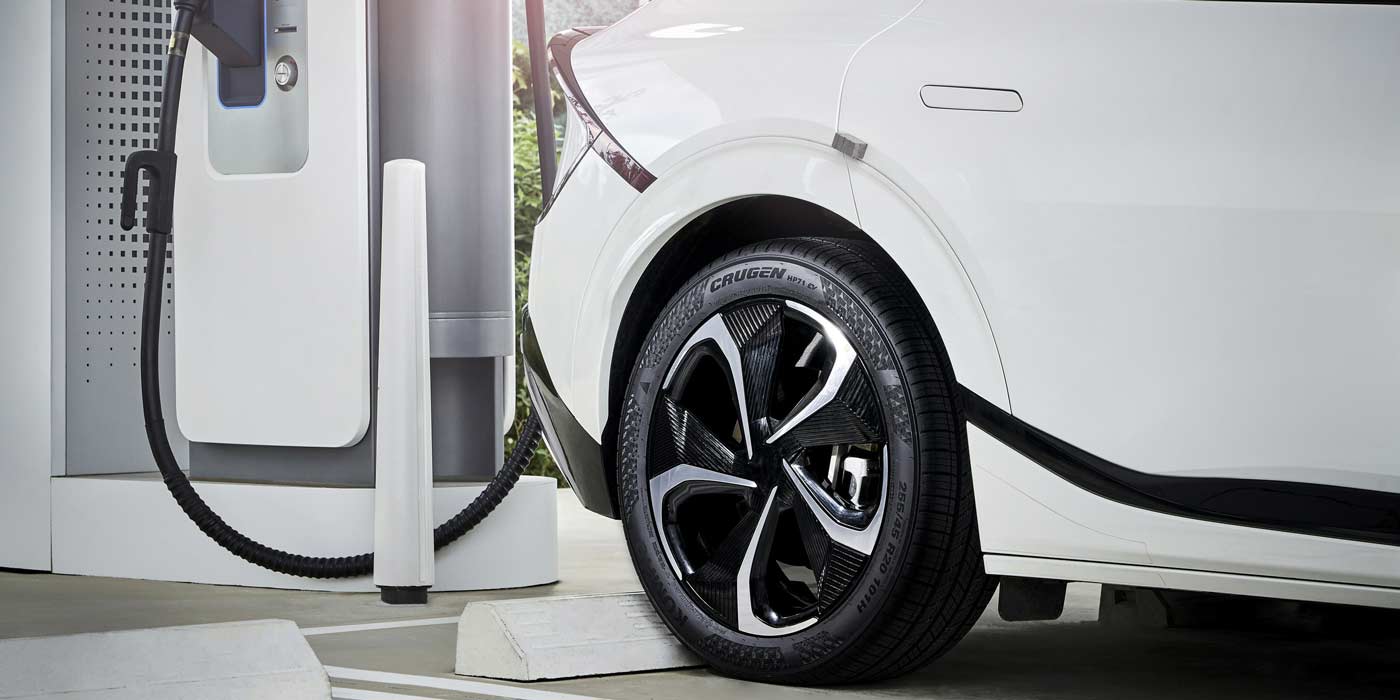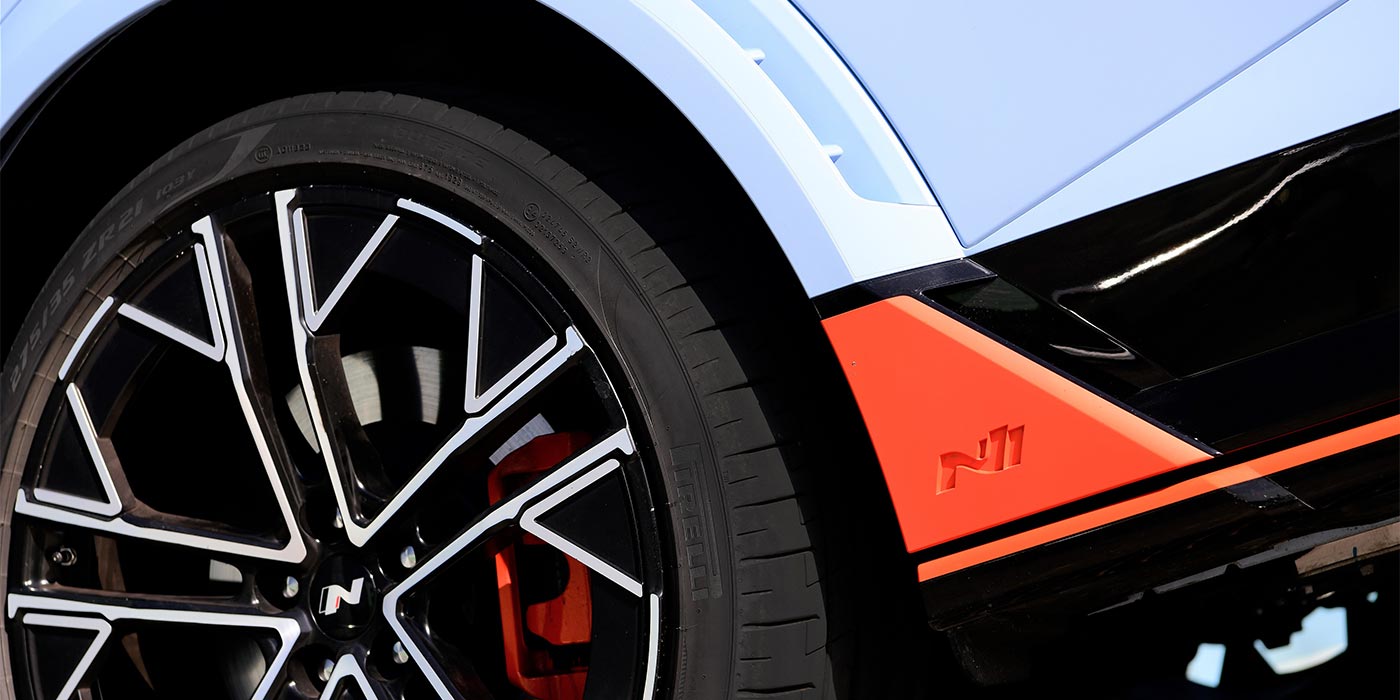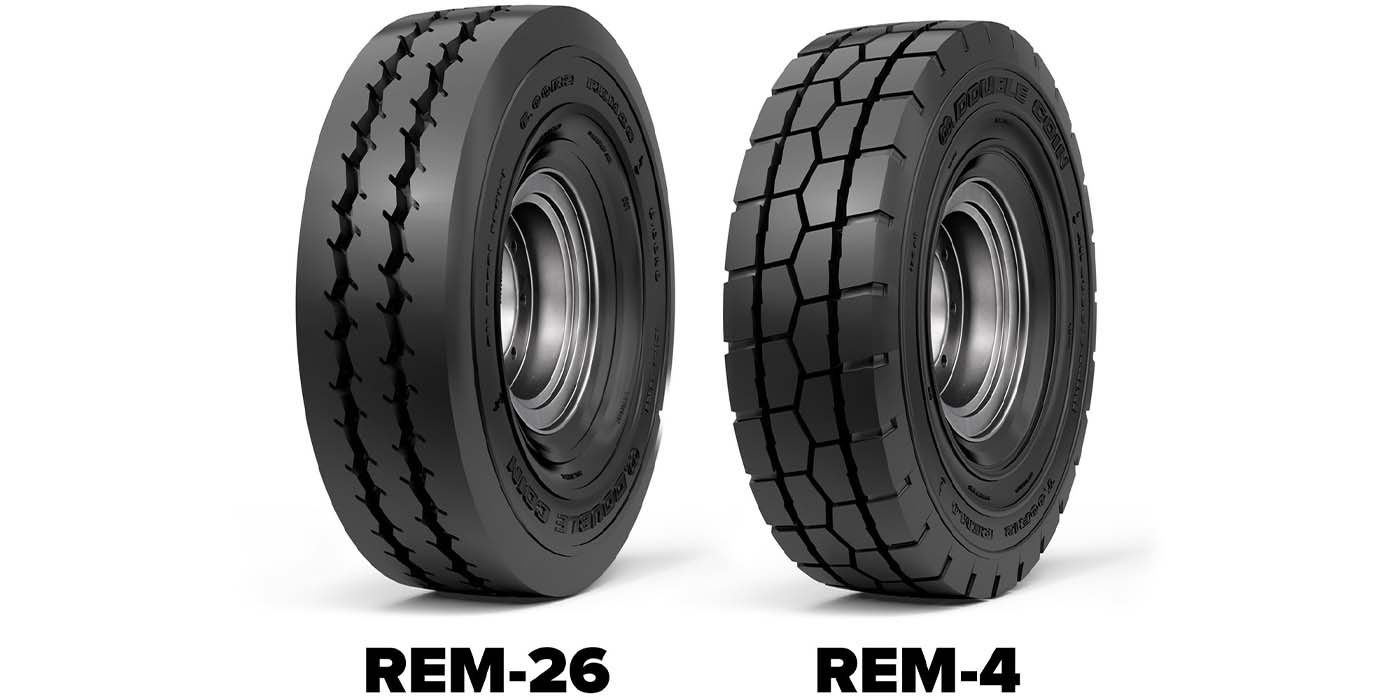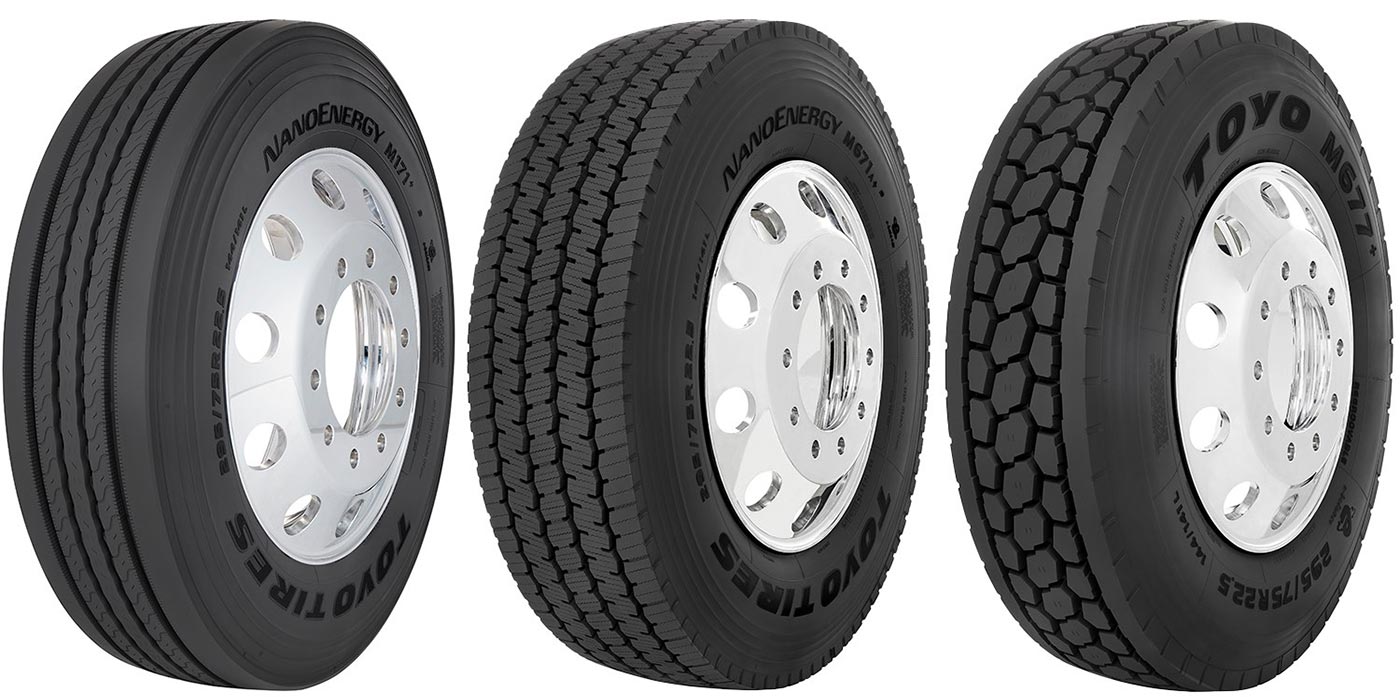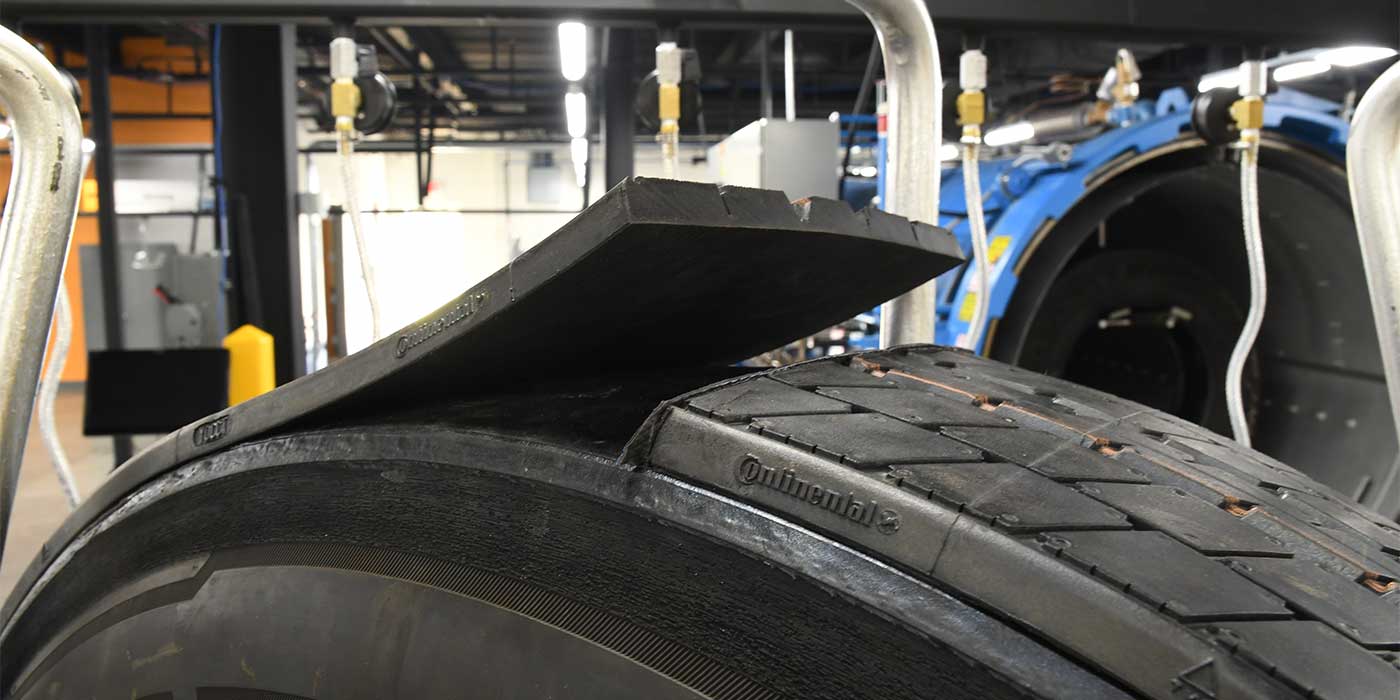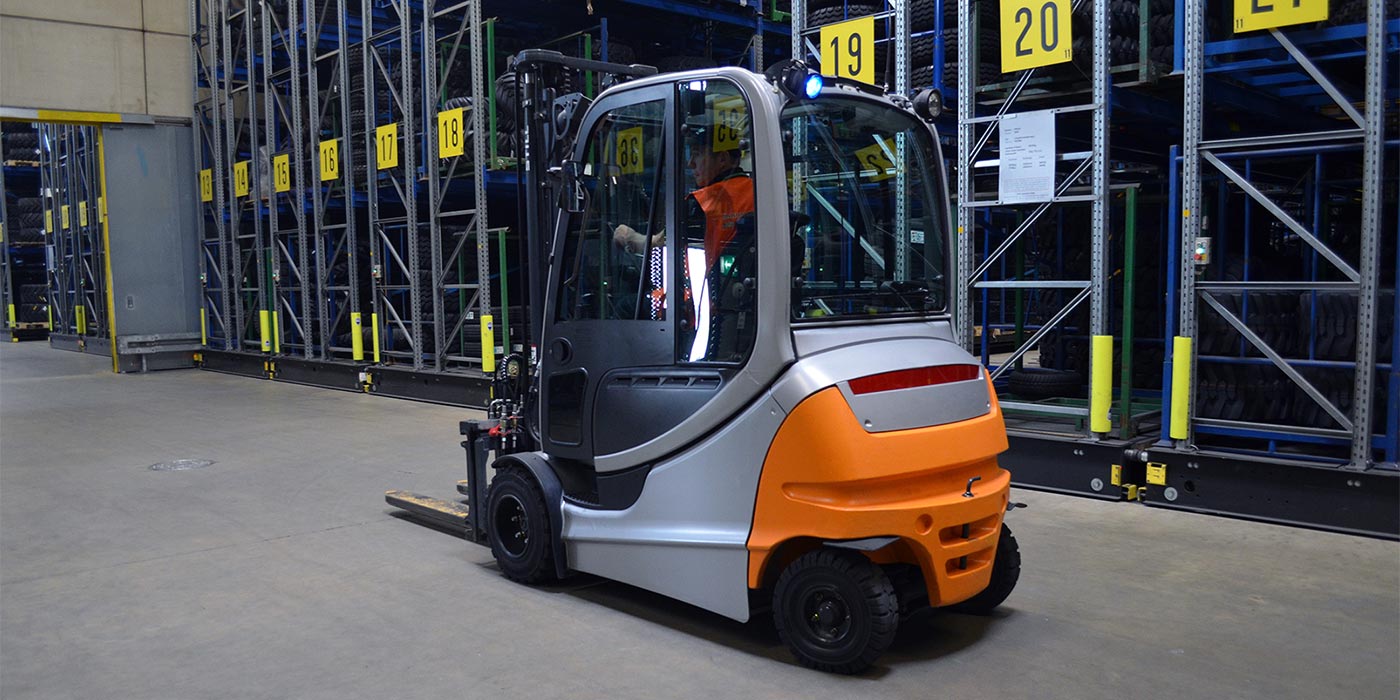From professional and college football down to youth-league soccer, everyone has a “Top Something-or-other” list. Why should the tire industry be different?
Over the last year or so, Tire Rack has been conducting an informal and unscientific survey of its customers regarding the reoccurrence of issues dealing with tire pressure monitoring systems. Thanks to its wholesalers, service technicians and counter sales people in the field, just to name a few, Tire Rack developed a list of the Top Five most common TPMS questions.
“It wasn’t anything special,” says Scott Lakin, who is in charge of Tire Rack’s product applications and development. “We developed this in routine discussions with our customers – primarily wholesalers – who receive their feedback from technicians, service managers and counter sales people.”
Lakin and other experts at Tire Rack reviewed the questions and offered pertinent answers. With that as an entrÉe, but with a quick disclaimer that there are likely more than five, here are Tire Rack’s current “Top Five” questions regarding TPMS:
1. How do I reset my TPMS? (Lakin said this question was the most popular one, and not surprisingly has the most possible answers).
Answer: The first question should be: What kind of car are we dealing with? For example, a 2006 BMW M3 uses an indirect system, so it has one simple reset button. Once the tires are set to the correct pressure, the vehicle’s engine can be started, and then the reset button must be pushed for no longer than eight seconds. After the warning light turns off, the vehicle can be driven normally and the system will calibrate itself.
But not all indirect systems are alike.
A Buick Rendezvous must be driven at several specific speed ranges, including 74.5-plus mph for 10-20 minutes in a straight line after pressing multiple buttons and turning the ignition key on and off a few times. After receiving your speeding ticket in the Rendezvous, you can return to your shop and decipher how to register new sensors to a vehicle with a direct system.
Some direct systems automatically learn their new sensors, like in the Acura MDX, while other vehicles must be sent to the dealership. Currently, all Hyundais, Infinitis, Kias, Lexuses, Mitsubishis, Nissans, Subarus, Suzukis and Toyotas must have their new sensors registered at the dealership. To complicate things for the aftermarket, Lexus and Toyota models must have each sensor’s ID code entered into their ECUs using a dealer-only OBDII scan tool. (To simplify the work for the customer, when Tire Rack sells a TPMS-equipped wheel/tire package for a Lexus or Toyota, they include each sensor’s ID code on the customer’s invoice and in their database so that the customer can go directly to the dealership and get the ID codes entered into the vehicle’s ECU. Still, the customer has to make a separate trip).
Many vehicles are coming out with auto-learn systems or at least have initialization procedures that can be done at a tire shop or in the consumer’s driveway with minimal tools. So, on some level, the systems are becoming more user-friendly.
2. Do I need to get my sensors re-registered after a simple tire rotation?
Answer: Some systems that display the tire pressure at each location require a sensor re-learn procedure to be done after the tires have been moved to a different corner of the vehicle. But others use antennas in the vehicle’s wheel well to “see” where the old wheel moved. If the sensor with the ID code of 1234567 was at the left-rear location, but now the left-front TPMS antenna is reading that 1234567 ID code, then the system will update its TPMS display to correctly show the wheels and the tire pressures at their new locations. The most common system only displays a “Low Pressure” light on the dash and those systems normally don’t need to be reset when a tire rotation has been done. You may want to consult the 2007 Mitchell1 TPMS Guide for a specific answer concerning a TPMS-equipped vehicle.
3. How do I know if the sensors fit properly and safely in a wheel?
Answer: This question is what causes a lot of problems for tire shops. With some sensor costs skyrocketing over the $200 price tag, you can’t afford to torque a sensor down in a wheel and hope it seals properly before the valve snaps. The first step is to verify if the valve hole is compatible with the particular sensor that is about to be mounted. There are more than 15 styles of valve-mounted sensors in the OE market and each one has a different sensor body shape and range of valve angle adjustability. If the chosen wheel has a valve hole mounted in the middle of the barrel (a 90-degree valve), we consider this wheel not TPMS compatible, since no valve sensor can be mounted in this location without being prone to damage when the tire is mounted or dismounted.
To test a sensor’s fitment, first place the sensor’s valve through the valve hole and tighten the valve nut down by hand until the sensor is sitting level. Next, slide a piece of paper around the entire sensor body to see if it is touching or resting on the wheel. If it is touching the wheel, torque the sensor down (to specification) slowly and with caution to see if the sensor applies more and more pressure at that specific area.
If the sensor is still touching the wheel or applying more force as the torque is increased, remove the sensor immediately since that wheel does not have a drop-center large enough to handle that specific sensor design.
However, if the sensor was not resting on the wheel after just finger tightening, you may proceed to torquing the sensor to spec with a calibrated torque wrench. Check the tolerance again after torquing to make sure the sensor body is still not applying force onto the wheel, and that the sensor is sitting parallel with the wheel barrel.
Each sensor should have a defined torque specification (which should be listed in the 2007 Mitchell1 TPMS Guide book) directly on the sensor body. If not, you should contact a performance specialist. The spec will be listed in either inch-pounds or Newton-meters. The lowest and highest torque specs Tire Rack has seen range from 35 inch-pounds (4 Nm) to 81 inch-pounds (9 Nm).
A valve nut torque wrench is an absolute necessity for any shop. The average retail cost of a sensor is roughly the same as the cost of a quality torque wrench. You wouldn’t guess at torquing lug nuts on a car, so why guess at torquing valve nuts?
4. Can I use a metal strap or strong adhesive to attach a sensor to a wheel if it cannot be installed in the valve hole?
Answer: Ford has been using band-mounted sensors for the last couple of years on many of its models, and the Chevrolet C4 Corvette (1987-1996) was the first vehicle to run band-mounted sensors. This idea has been copied by consumers to adapt valve-mounted sensors to wheels considered not TPMS compatible. Tire Rack does not recommend this since the sensors were not developed or tested to work in this position. They have also seen where sensors are taped, glued, and/or epoxied to wheel barrels because the sensors will not fit in the valve hole correctly. This is also not an approved procedure.
5. When should TPMS parts be replaced?
Answer: Every time the tire is removed, the sensor should have been dropped into the wheel before the tire is even dismounted. So every time the sensor’s position has been adjusted, the valve cap, nickel-plated valve core, valve nut,and rubber grommet seal (and possibly the metal ring found at the base of the valve on many Siemens sensors) must be replaced with OE spec parts. Never reinstall a sensor without installing a new rubber grommet since this is the main cause of valve leaks.
The valve nut also should be replaced so it doesn’t endure the specified torque for a second time. Along with using a calibrated torque wrench on the valve nut, a valve core torque driver should be used when installing the nickel-plated valve core. As a precaution, warn your customers about using aftermarket metal valve caps. Many are made from steel or brass, which will corrode the aluminum valve over a short period of time.
If you have other “top” or common questions regarding TPMS issues, please let us know.

